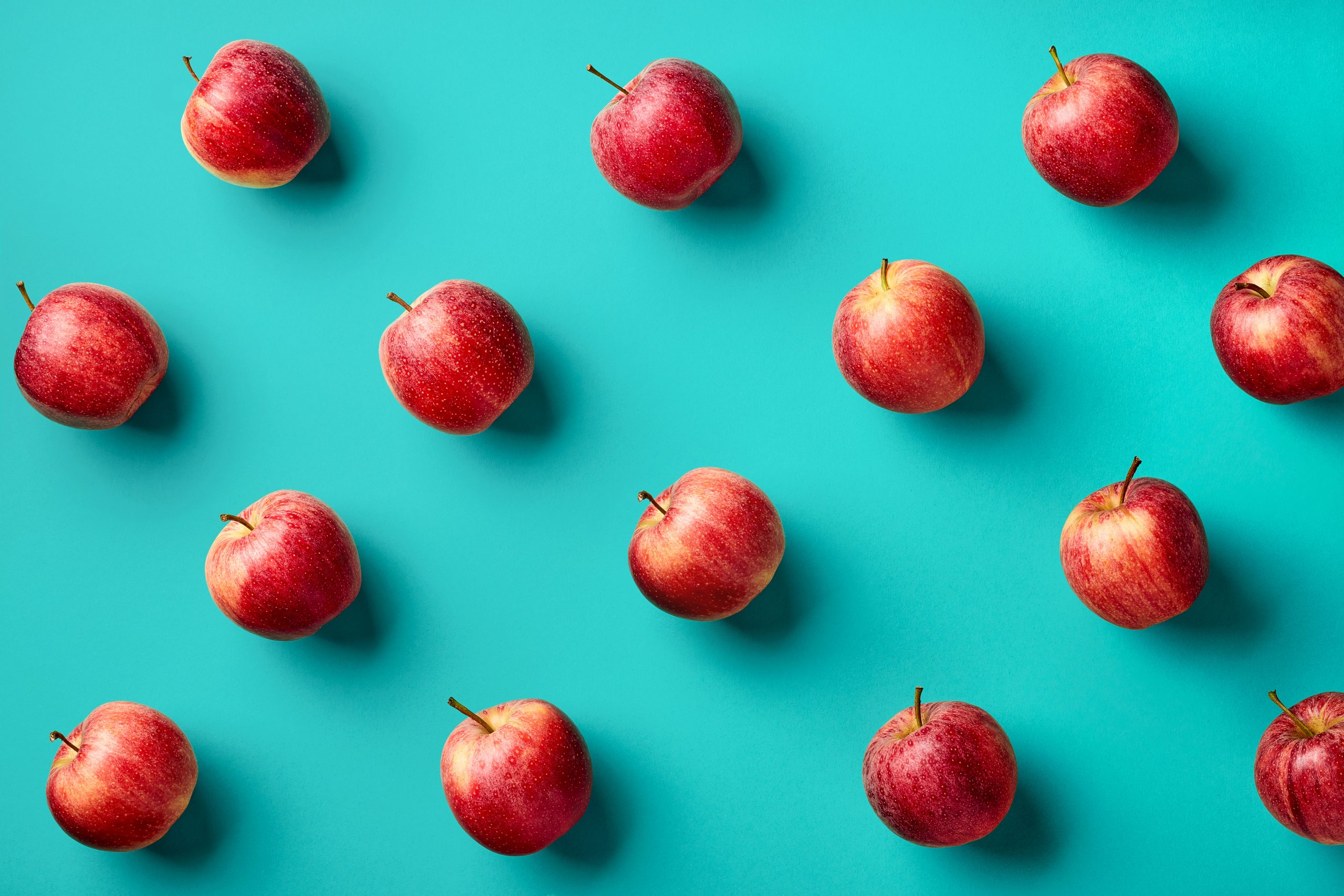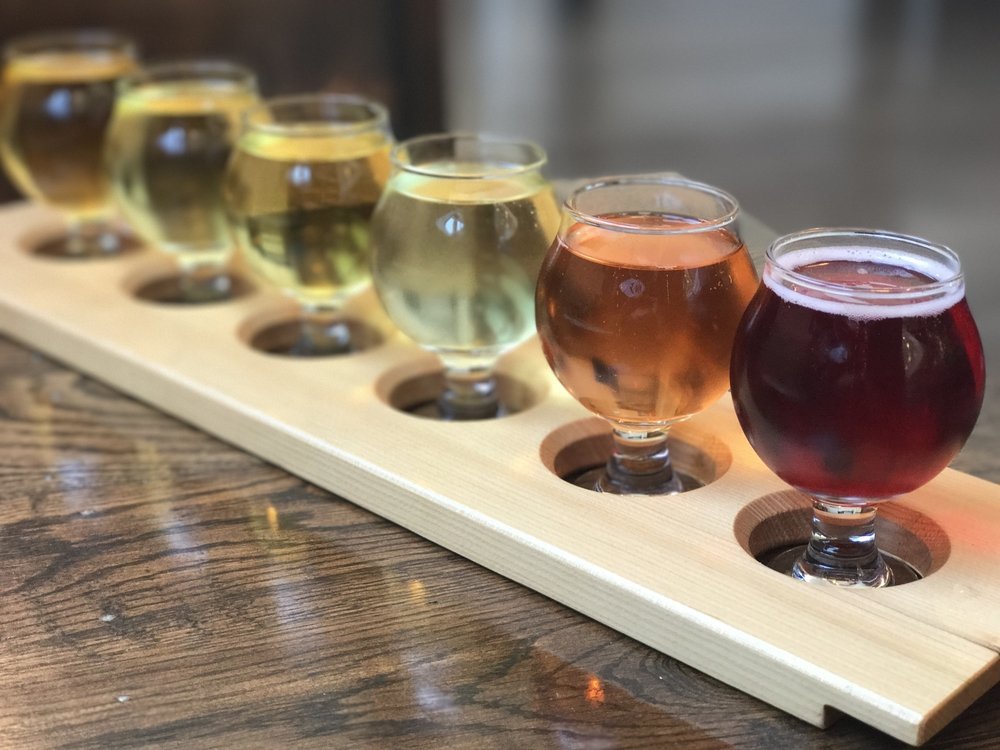
The Revival of Hard Cider
Craft beer has had the spotlight for the past few years, but now we are seeing this trend spread to hard apple cider. A cider revival is among us!
Hard cider was once the alcoholic beverage of choice in Colonial America. Made from fermented apple juice. The drink became popular for a variety of reasons, one of which being a man by the name of John Chapman, better known to us today as “Johnny Appleseed”.

Johnny Appleseed
Mr. Appleseed is credited with traveling across the face of young America on foot, planting apple trees and befriending small woodland animals. Although often mythologized, John Chapman was an actual smart and calculating businessman. His orchards were not the random plantings of some drifting idiot but were cultivated with the express purpose of bringing Chapman financial gain. He would return years later to land that had considerably increased in value due to his orchards and sell that land at a tremendous profit. It is widely known that his apples were not of the munching variety but were in fact mostly crabapples. These apples were too small to pass themselves off as even a snack, these apples were instead used by the settlers of the day to make into hard cider. Johnny Appleseed, brought the sweet gift of alcohol to the frontier, leaving in his wake happier if slightly unsteady pioneers.
The new world now covered in orchards that were useful only for producing hard cider was a real boon to its popularity. It also didn’t hurt that relative to products like beer and wine, cider was easy to make, generally palatable and often safer than water in those primitive un-filtered days. However, with the advent of the temperance movement and Eastern European immigrant’s introduction of beer culture to America, cider was eventually overtaken in popularity by other options: wine, beer, and liquors. But today cider is staged for a comeback, across America we see hundreds of small-batch independent cider houses popping up all over the country.

What is Cider?
Cider is, technically speaking “fermented apple juice” a term that often gets confused in America today. Over the centuries we have become slightly blasé about our cider categorization referring to both fermented and unfermented apple juice as cider. This is incorrect and we feel it important to take this moment to set our readers on the correct path.
Apple juice is the unfermented juice of an apple. Cider is fermented apple juice. We hope that clears things up. When words lose their meaning, we are plunged into inevitable chaos.
Apple cider is created through a simple process of crushing ripe apples to extract their juice, then letting said juices ferment. This can be done by using the natural yeasts present on the skins of the apples or by the introduction of champagne or wine yeasts.

Rediscovering our Past
In the early 1980s, cider was re-introduced to the American public through a few very small cider houses hoping to bring back a small piece of our lost history. Since then, the cider revival has grown slowly but surely gaining traction not only in America but in Europe as well. Though still a rather small pocket of domestic wine/beer/spirit consumption, the growth of the cider market is increasing at 100% annually and has claimed the spot of “fastest growing drink” category in England.
In 2018 cider is now nosing ahead of the competition and as one of the most popular drinks in bars throughout the world. We recommend sourcing some delicious small-batch ciders for your establishment’s drink menu. Firstly, we recommend sourcing some fun local ciders, supporting your own community will allow for fruitful relationships. Secondly, cider is now an international commodity, there are delicious ciders to be had from all across the globe. Etienne Dupont makes a lovely cider that hails from the Normandy region of France. Another great French cider comes from Eric Bordelet.
Spain also has some wonderful options, be forewarned Spanish Cider tends to run slightly more acidic. For the inexperienced cider drinker this may be off-putting, so to be safe, follow this rule of progression: start at home, then move your way outward to France, and then round out in Spain.






Write a Comment